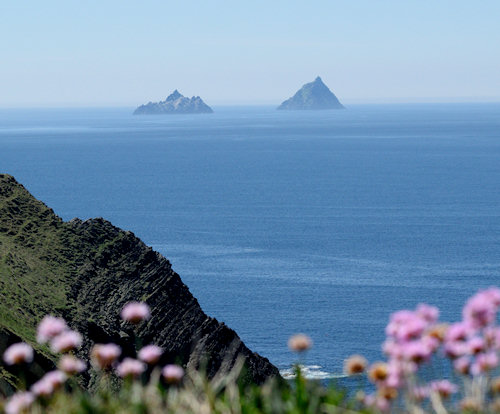
My visit to the Aran islands (see last week’s blog) was all about knitting, but there were two more island groups I had to see while I was in Ireland. This time it was all about language and literature and puffins with light sabres. Both islands are uninhabited, but both have stories to tell.
It started with the Skelligs – two tiny islands off the ring of Kerry, which are also in a galaxy far far away. Lacking any sort of space ship, my view of Great Skellig Island was from a headland on the mainland.
The two Skelligs are spectacular pieces of rock rising out the sea. Great Skellig is a world heritage site – it has the remains of a sixth century Christian monastery and both islands offer sanctuary to huge numbers of sea birds – among them, puffins.
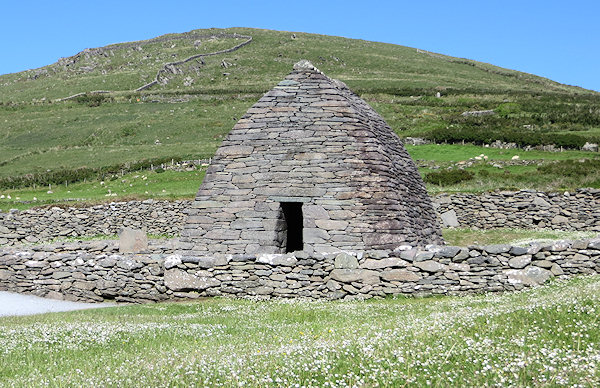
There are boat trips to the main island, where one can climb the steep path to the old monastery and its stone buildings. Recently, a lot more people have been doing that – because great Skellig has become part of the Star Wars universe. In the recently released film, our heroes track the legendary and mystical Luke Skywalker to his hiding place on a barren and spectacular island. Those scenes were shot on Great Skellig.

A lot of Star Wars fans are now heading for the island – but it’s not easy to get to, especially if the sea is a bit rough, and it’s a tough climb. A lot of people, like me, will be limited to admiring it from a distance.
A few headlands further on, are the Blasket islands. If Great Skellig is all about the future, Great Blasket is all about the past.
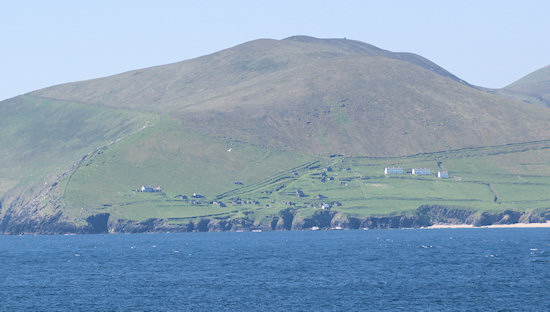
Like the Skelligs, the Blaskets are uninhabited now… but there was once a thriving community perched on this rock in the Atlantic. What a tough life that must have been. The Blasket Centre is preserving the history of the place, with a wonderful collection of old photos and stories.
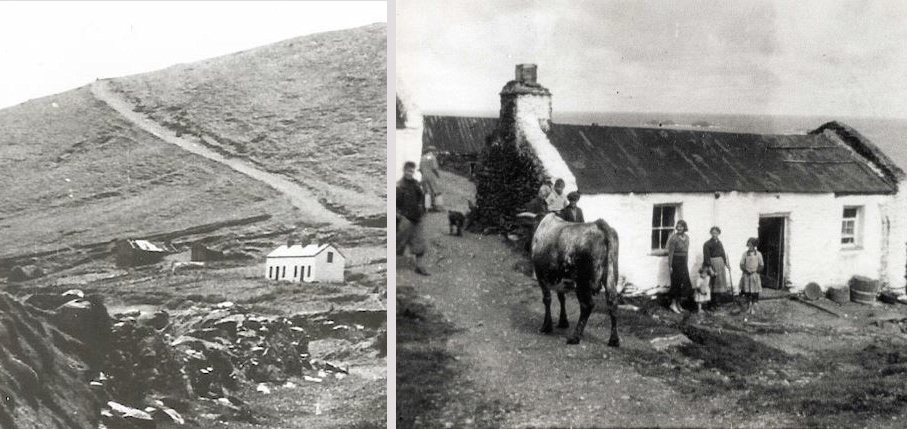
Great Blasket was big enough to support some farming, as well as fishing. The islanders would row over to the mainland every Sunday for church and to buy and sell produce, then row back again. They had a school on the island where the children were taught to read and write in English – but the people of this community were Irish speakers and that’s how they have earned a very special place in Irish history.
In the first few years of the 1900s, a number of language scholars came to the island to study the Irish language. They listened to the stories told by the residents. Possibly the greatest of these storytellers was Peig Sayers. Peig was born on the mainland in 1873 and came to Great Blasket as the bride of a fisherman. She bore him 11 children, of whom six survived. That in itself is testament to the harsh life she lead.
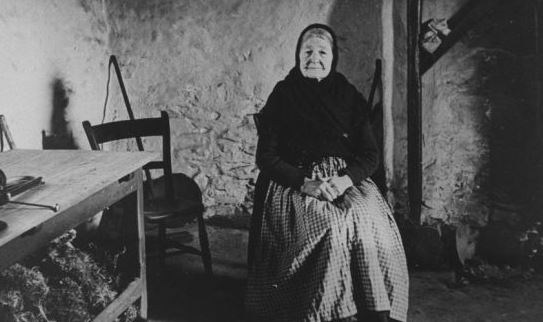
In the 1930’s, Peig began dictating her stories of life on the islands, of legends and ghosts and God.

Despite her gifts as a storyteller, Peig was could neither read nor write in her own language… the one she was helping to preserve. She relied on others to write her stories down and eventually translate them into English. They were published as books in both languages. Those books are a remarkable window into a place and time long gone.
The island fell into decline in the first half of the 20th century as the next generations sought a better life. Many of them ended up in America. Peig left the island in 1942, and died on the mainland several years later.
In 1953, only 27 people, mostly elderly, remained on the island, and the government forcibly evacuated them, saying their well-being and safety could no longer be guaranteed.
While a couple of the islands buildings, notably Peig’s cottage, are being preserved, most of the village is now in ruins. Standing on the mainland, the crossing to the island seems so short, but there were weeks on end when the islanders were unable to cross it, due to the weather.
This is on my list of places to revisit and next time I’ll cross the water as Peig did – and try to imagine the life she had…
“The most of my life, I have spent it on this lonely rock in the middle of the great sea. There’s a great deal of pleasantry and hardship in the life of a person who lives on an island like this… that no one knows except one who has lived here.” (Peig.)
